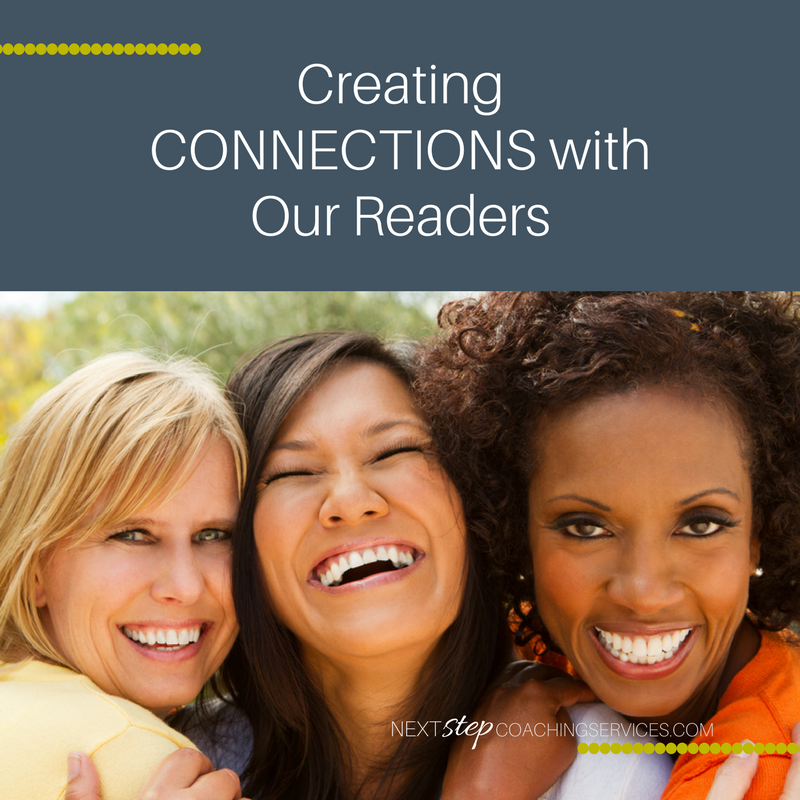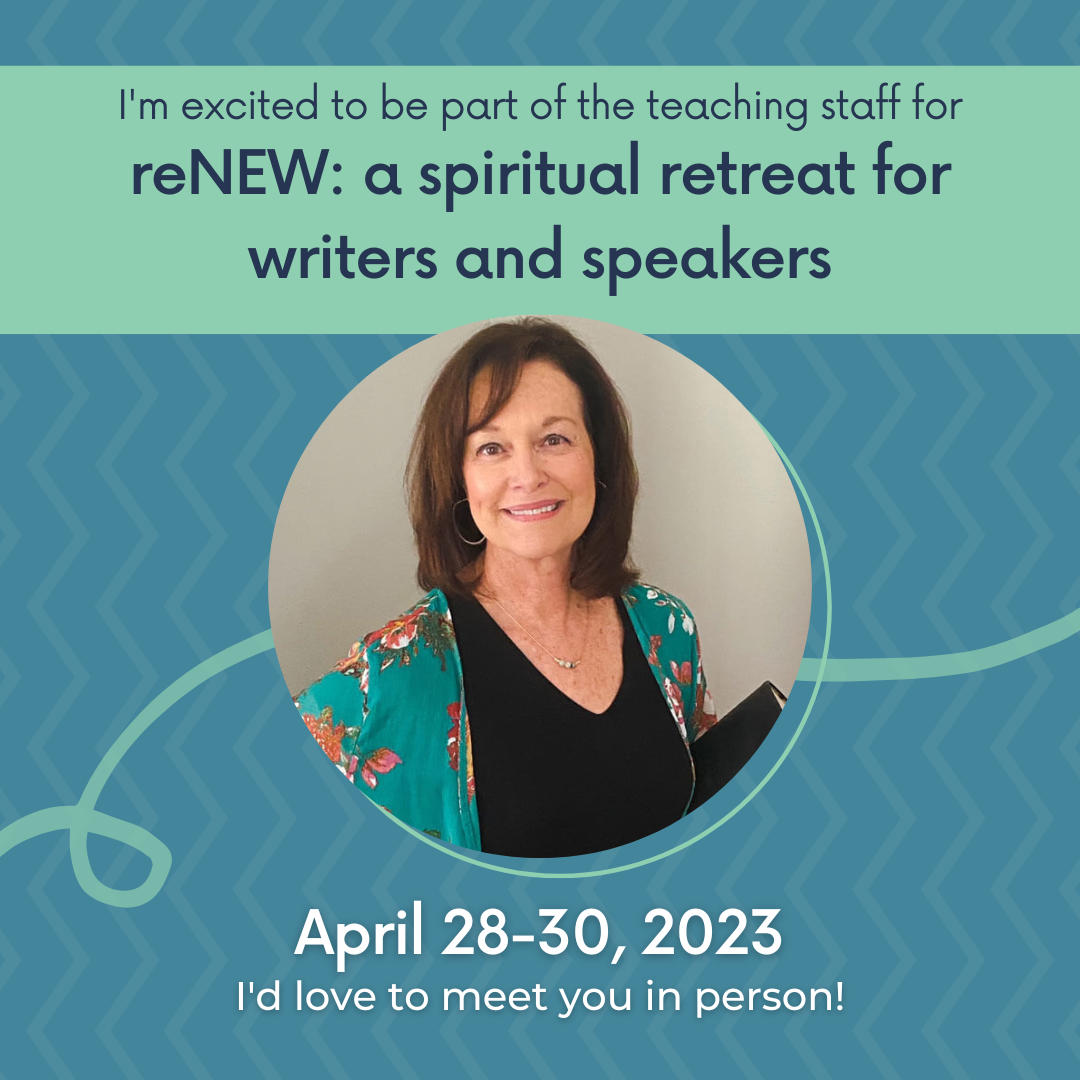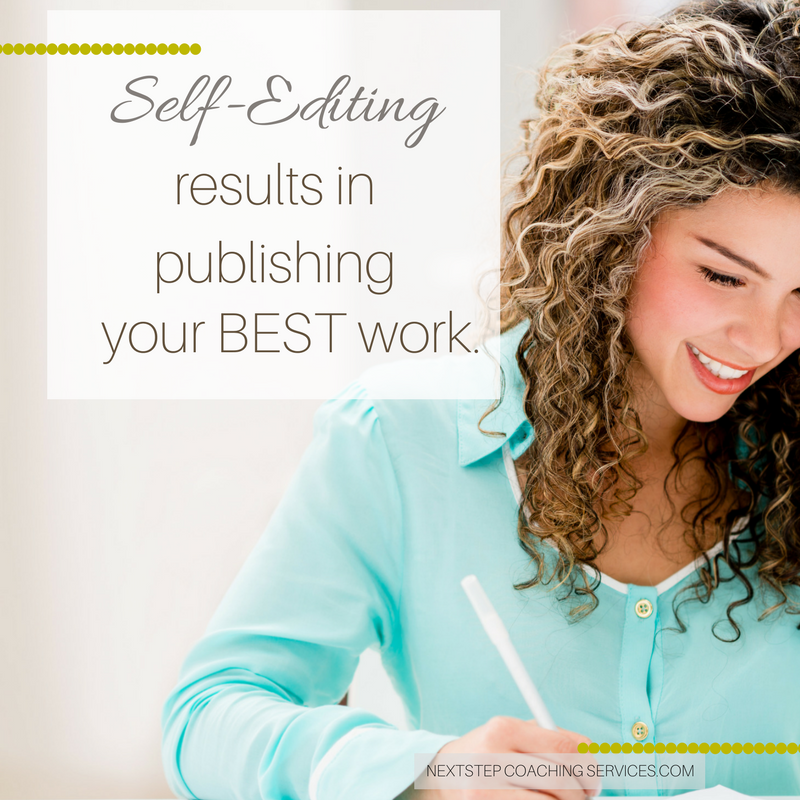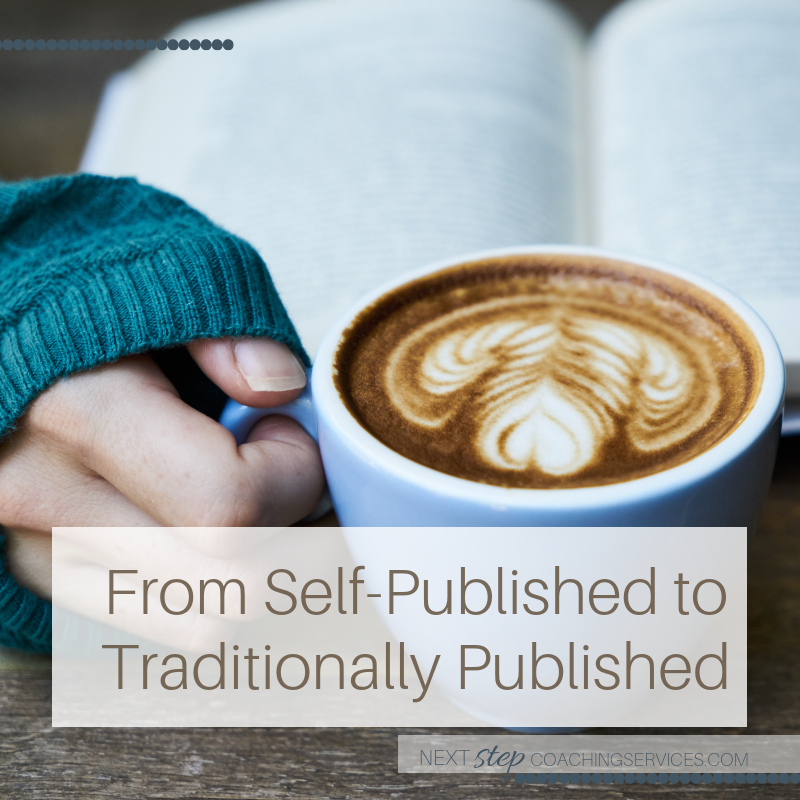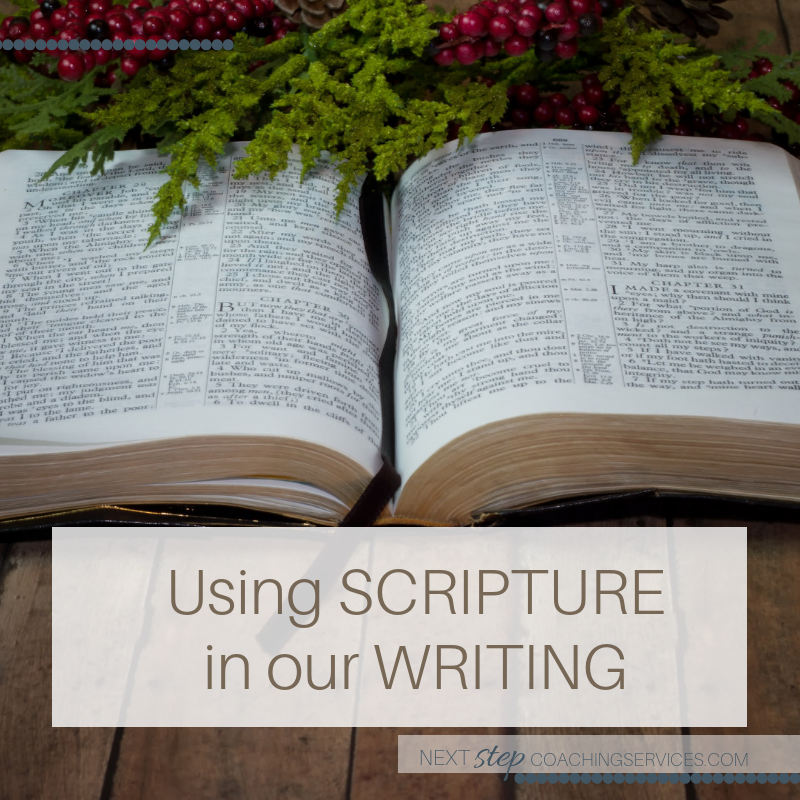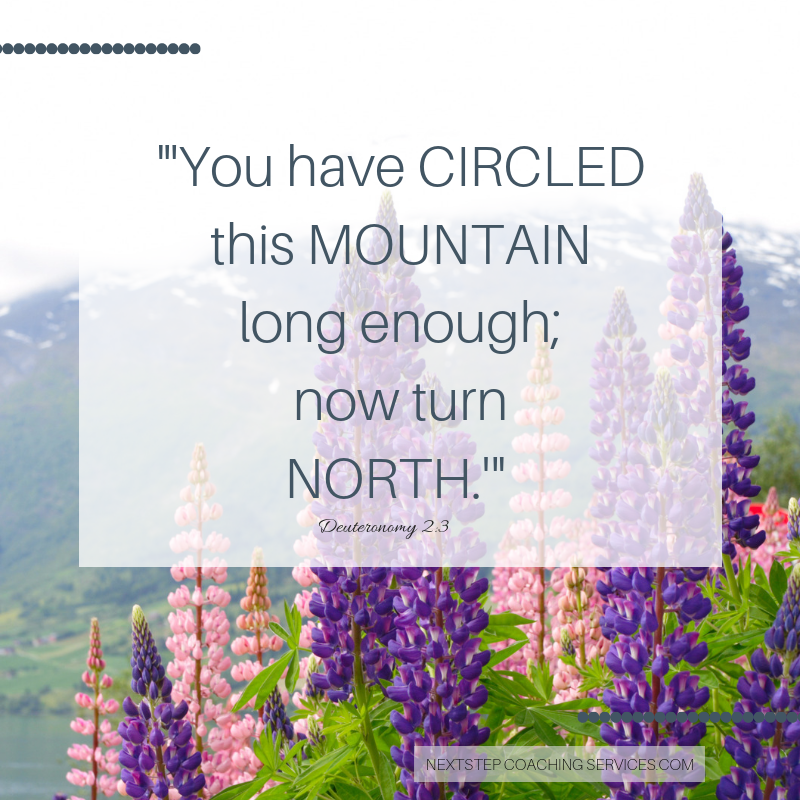Creating Connections with Our Readers
I had met Chere once at church, but didn’t really get to know her until the day I ran into her at the mall at the inside play area. On a dreary winter day, I was desperate to get my kids out of the house, and apparently so was Chere. There she was with her three kids doing exactly the same thing I was – spending way too many quarters in the little ridey-machines.
When I greeted Chere, she said, “I was going to run away from these kids, or sell them to the lowest bidder if I didn’t find something to tire them out today.”
And she laughed, hard. And I smiled big. And I thought, This is my kind of girl. She’s just like me. She gets it – what it’s like to love your kids, while simultaneously wanting to cry, scream or run away.
Isn’t that the best feeling when you meet someone, and you feel that connection of loving acceptance and understanding?
That’s the same loving connection I want to feel when I read a book.
When I read a book, I want to experience that feeling of, We’re in this together. I’ve been there in those hard times, too. I don’t want to be preached at, like the blows of a hammer coming down on me. I don’t want to be condemned, like a stern preacher pointing his finger at me.
That’s not motivating. Love, understanding, acceptance, and encouragement – these qualities motivate me to keep reading and to wonder, What else does this writer have to say?
How can we writers deliver a loving connection that engages our readers?
Let’s look at a couple of writing samples that create a loving connection between writer and reader. Let’s also identify the writing elements that deliver engagement with the reader.
An example from Breaking Up with Perfect by Amy Carroll
“Here’s a little challenge for us girls with our to-do lists clenched tightly in our hands and written on our hearts. Do a measurement on a long-list day. End the day with this question, How did your love, joy, peace, patience, kindness, gentleness, and self-control (Galatians 5:22-23) hold up today? You’re probably nicer than I am, but I’m telling you, those godly virtues go up in smoke on my long-list days. On those days, nothing pleasant comes out of my mouth…”
Elements that create connection in Amy’s writing:
- Amy shares vulnerably about her own weaknesses.
- She writes in first person plural – okay, all that means is she writes using “we” or “us, as opposed to writing in second person using “you.”
An example from One in a Million by Priscilla Shirer
“All we can feel are the walls closing in. All we can be sure of is that there’s no way out. All we can see are the Egyptian hordes on one side and the vast Red Sea on the other.
The rock. The hard place.
But, my friend, this is God’s place – the place where He wants to show His miracle-working power in your experience.”
Elements that create connection in Priscilla’s writing:
- Priscilla occasionally addresses her reader as “my friend.” I love that!
- She points us to God.
We can learn from these gifted writers and apply the same techniques to our own writing to engage with our readers.
As we write, let’s imagine we are sitting with our reader, looking into her eyes, sharing stories, tears and God’s Word, together as friends who love and care about each other and Jesus.
Why is connecting with our audience so important? I’ll address that in my next blog post. But I’ll give you a hint found in this verse: “For Christ’s love compels us…”(2 Corinthians 5:14).

